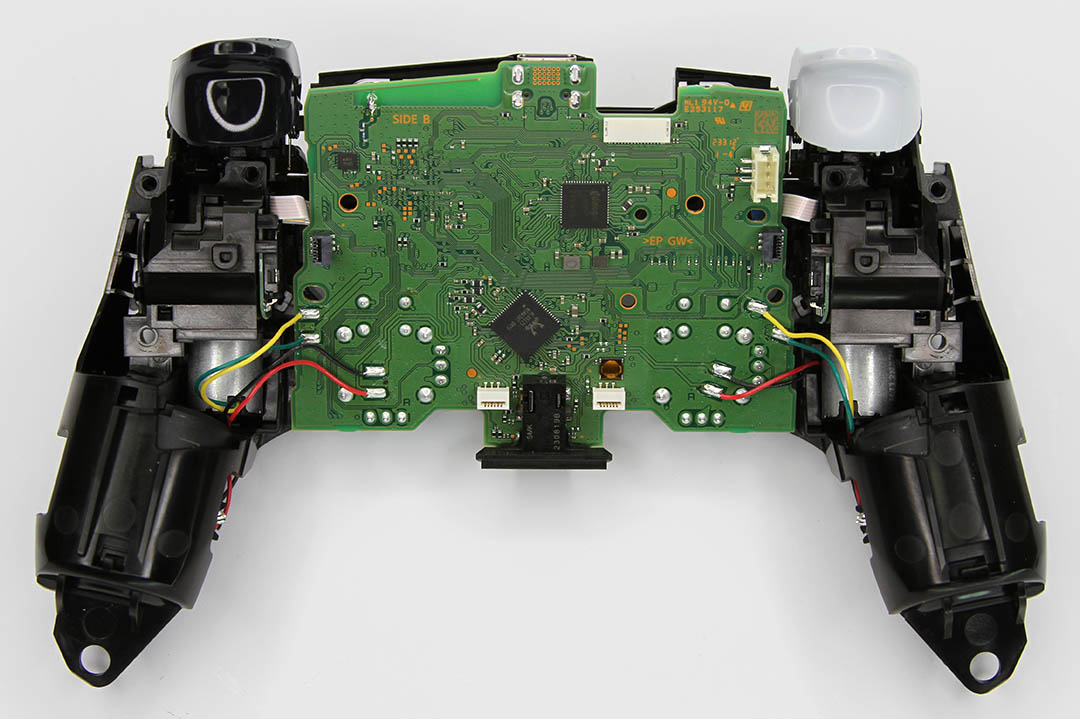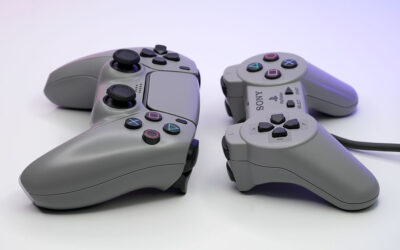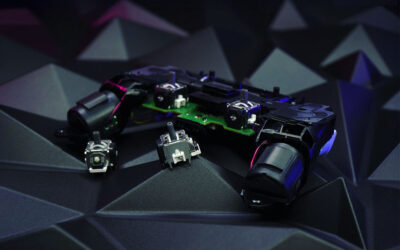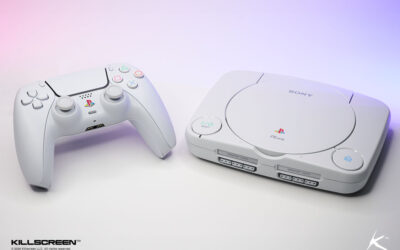The Sony PS5 DualSense controller has captured the hearts of gamers worldwide with its revolutionary features and immersive gameplay experience. Since the launch of the PlayStation 5 console in November 2020, the DualSense controller has redefined the boundaries of gaming interaction, offering a seamless blend of cutting-edge technology and ergonomic design. As a pivotal component of the PlayStation 5 ecosystem, the DualSense controller has become synonymous with innovation, enhancing the gaming journey for enthusiasts and casual players alike. Let’s delve into the latest iteration, the BDM-040 revision, and uncover the subtle yet impactful changes that continue to shape the gaming landscape.
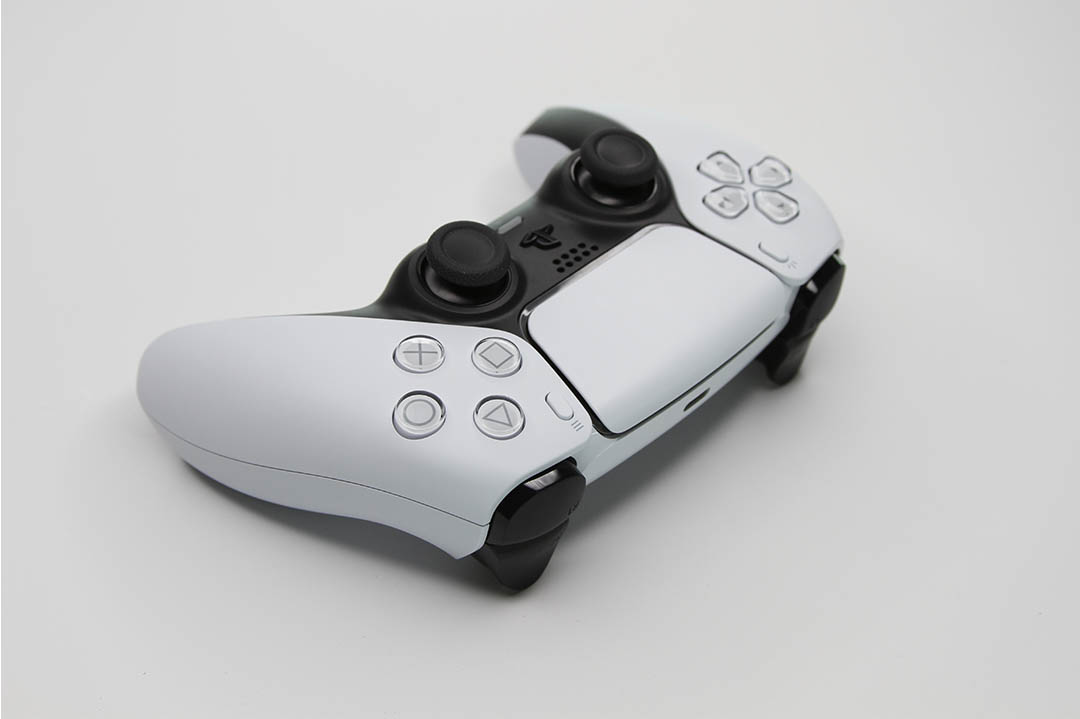
What is a BDM-040?
Sony has released multiple versions of their PlayStation 5 DualSense controller. Three have been released into production and available to the public. BDM-010, BDM-020 and about a year or so ago, BDM-030. All of these versions, or revisions, marked changes to the structure and inner workings of the controller. Sony doesn’t publish release notes but what is known is that the inner workings of the controller change every time with some revisions containing more extensive changes. To the user, the controllers all feel essentially the same and have no major noticeable differences. However, on the inside, the structure of the controller is changing. Whether it be the internal shape of the trigger buttons, or the way the touchpad is designed. These changes impact people such as ourselves, and other manufacturers, developers, and engineers that build products that modify the controller.
Happy Halloween: Discovering the BDM-040
As you can imagine, at Killscreen, we buy a lot of new PS5 DualSense controllers. We had some come in on October 31st, and we were surprised to discover a couple of them are the new BDM-040. The controllers we have are standard white with a new/updated FCC ID. The FCC ID for identifying a BDM-040 revision controller appears to be AK8CFIZCT1B. We did a little research and found Sony’s FCC submission documentation for the new BDM-040 revision, available here. With new documentation being added as recently as September, solidifying our thinking that this is a very new, and possibly very limited, release. The photos from some of the documentation in the FCC filing do not seem to 100% align with the final version that was actually produced – but that’s not so surprising.
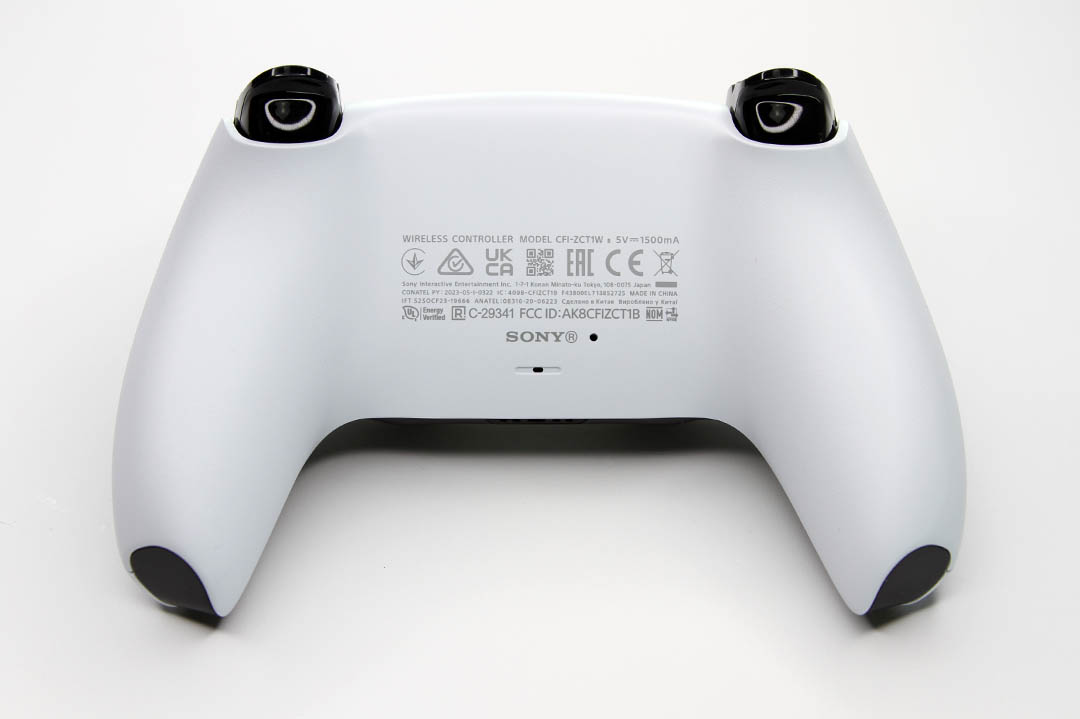
Companies submit products to the FCC to ensure compliance with regulations related to wireless communication and electromagnetic interference. This process is crucial to obtain the necessary certifications, demonstrating that the devices meet the specific standards set by the Federal Communications Commission. By gaining approval from the FCC, companies can legally sell their electronic products in the United States market. This certification process guarantees that the devices operate within the established parameters, preventing interference with other wireless products and networks.
This makes sense as the differences we are seeing appear to mostly be around the internal chassis and motor covers and not the PCB (printed circuit board) itself, which would be the primary focus of the FCC filing. In this case we purchased the controllers from a private seller so we cannot guarantee anything but the seller, as well as ourselves, are both located in the United States. So, for now, we have to assume the revision has made it here officially.
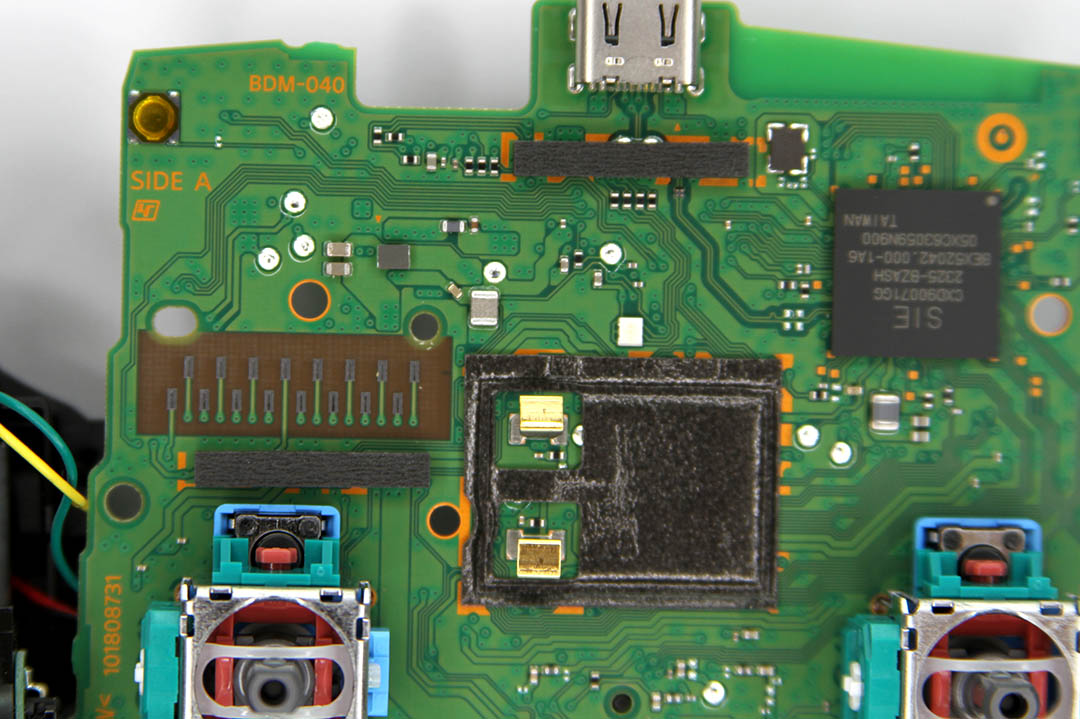
What is different in the BDM-040?
At the time of writing, our analysis of the controller has been relatively brief, preventing us from fully identifying all the alterations. Some changes will likely never be known. Nevertheless, we’ve already observed modifications to the internal plastic chassis and some repositioning of components on the PCB. Further lab testing has yielded some additional noteworthy observations:
- FCC ID: Regarding the FCC ID, the newly identified AK8CFIZCT1B could currently serve as a distinguishing factor between the BDM040 and other controller revisions, as previously indicated.
- Triggers Used for Identification: Similar to the BDM-030 revision, the springs remain visible from the top when the triggers are pulled back. Currently, it appears that the “trigger gap” method may not be effective in distinguishing the BDM-040 revision as the triggers closely resemble those of the BDM-030 version. Any potential differences seem to be extremely subtle at this point.
- Trigger & Face Button Kits/Mods: We tested the ExtremeRate mouse click style “clicky” (microswitch) face button and hair trigger kits. The result of that testing are as follows:
- Trigger Mechanism Housing Changes: Internal changes to the trigger areas of the controller mean that prior revision “full” (combined face and trigger) kits and solo trigger kits do not fit the BDM-040 controller and will need to be redesigned.
- Face Button Kits: The BDM-030 “face clicky” kit from ExtremeRate does appear to fit and work as intended.
- Adaptive Trigger Mechanism: The lever, gearwork and parts surrounding the adaptive trigger motor have changed. The general functionality appears to be the same however the design has been slightly altered from previous versions.
- BDM-030 Standard Parts Fit: All “standard functionality” OEM and aftermarket BDM-030 parts were interchangeable with the BDM-040. This includes triggers, bumpers, d-pad, all face buttons and the outer enclosure (shell).
- Touchpad: When comparing the touchpad from a BDM030 and the new BDM040 there were no major differences identified aside from some slightly different markings. The front of our BDM040 touchpad uses what we call the alternating “square wave” style pattern seen in previous revisions.
- Battery: The internal Li-Ion rechargeable battery pack appears to be the same old 3.65v 1560mAh.
- Visual Differences: Obviously when looking at the internals, the circuit board, etc. one can identify several changes when compared to the previous version. However, it’s not completely obvious how these changes impact the controller.
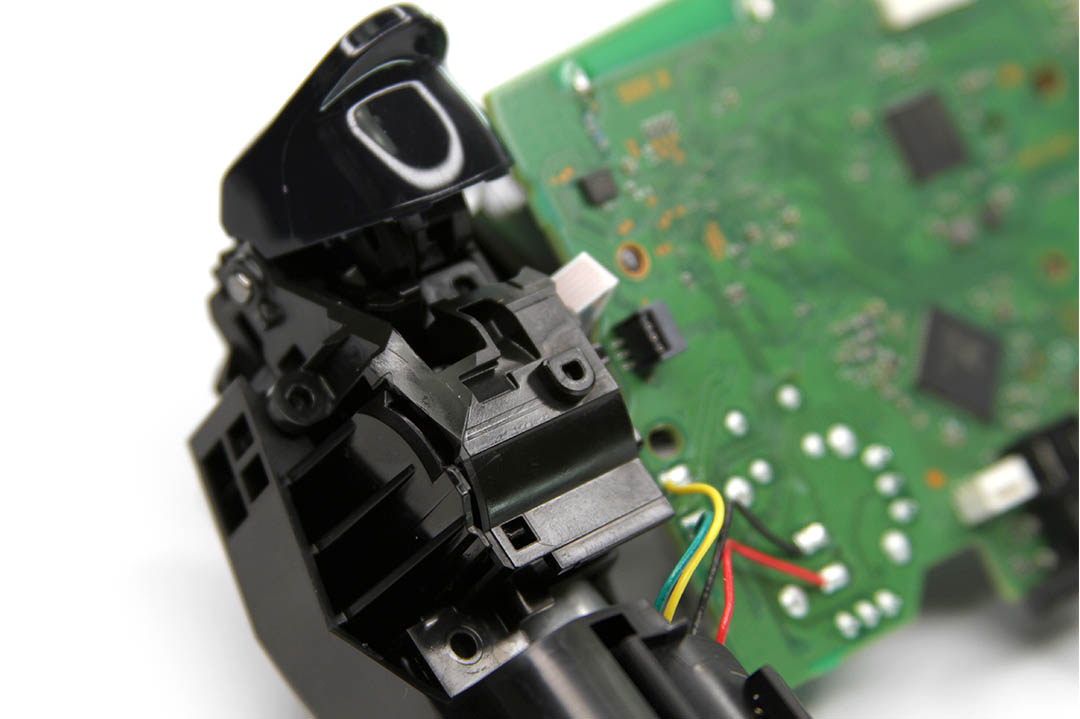
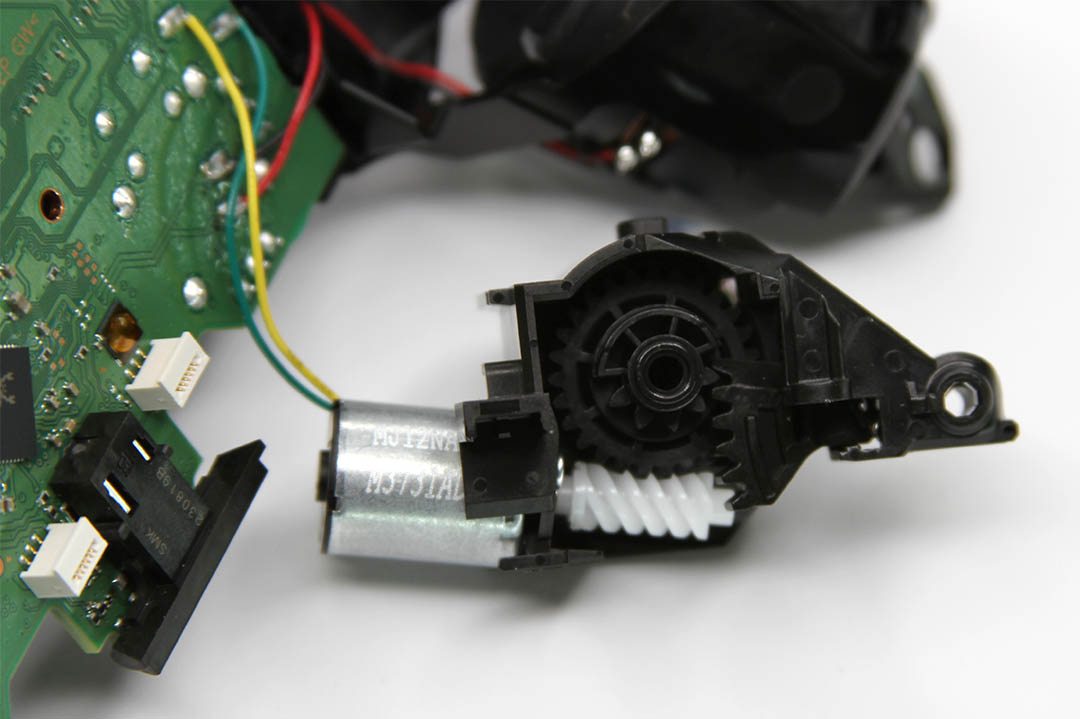
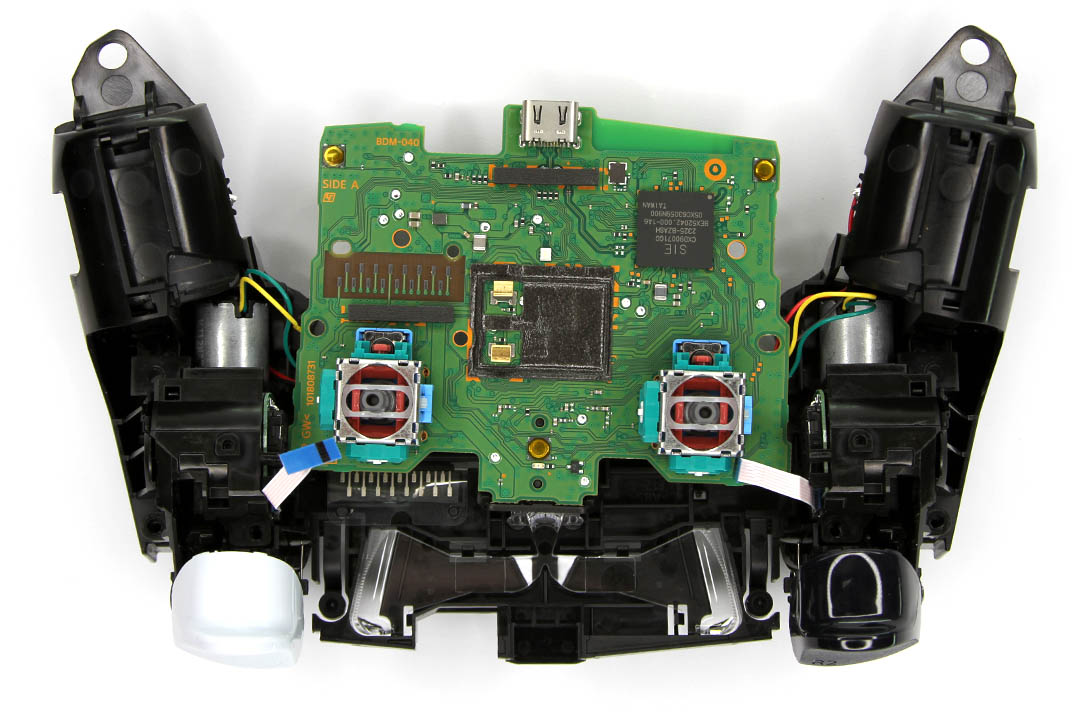
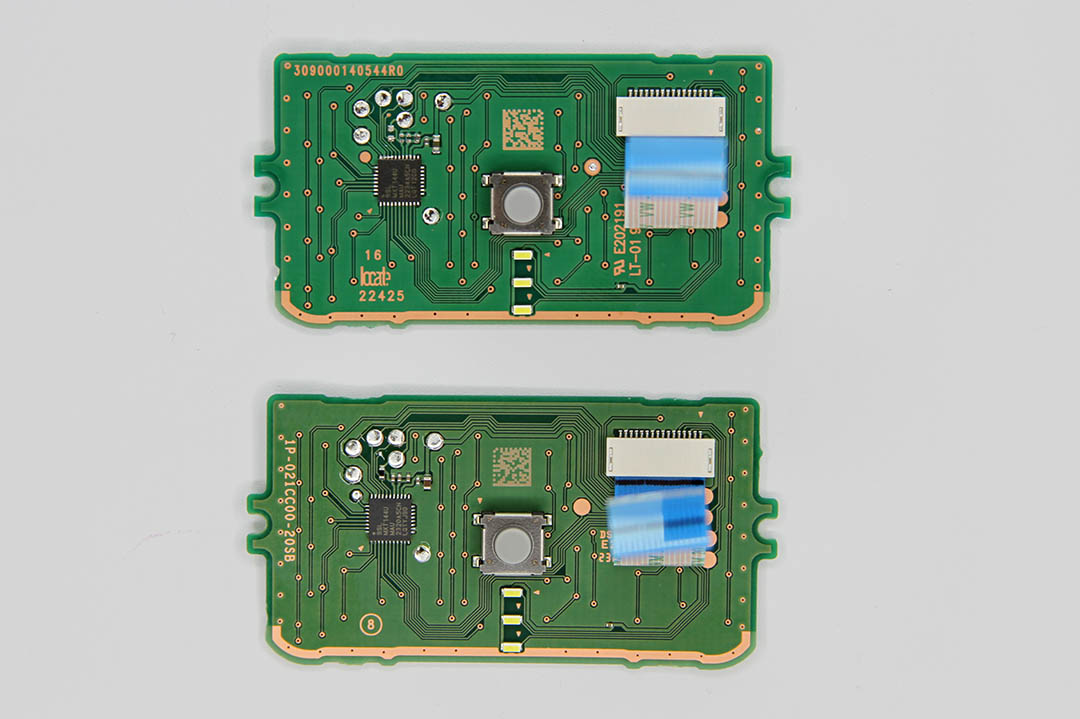
Given our limited time with the controller over the last two days, this represents the bulk of our observations thus far. Our current workload is extensive, yet we remain committed to further research and will strive to provide regular updates on this post as we gather more information. We are planning to include a concise video showcasing the controller’s internals, which we aim to upload shortly.
Where to get the BDM-040?
At this time, we honestly don’t know. Someone out there is getting them and it seems likely that it won’t be long until they are mainstream. There is still a lot of old stock out there for distributors to go through. Even with the popularity of the BDM-030, we are still getting the occasional BDM-010 and BDM-020. With Christmas coming up there will likely be a purge of much of that old stock and we wouldn’t be surprised to see 40’s everywhere buy early 2024, but we really can’t be sure. If you end up with one feel free to contact us and let us know where you got it.
